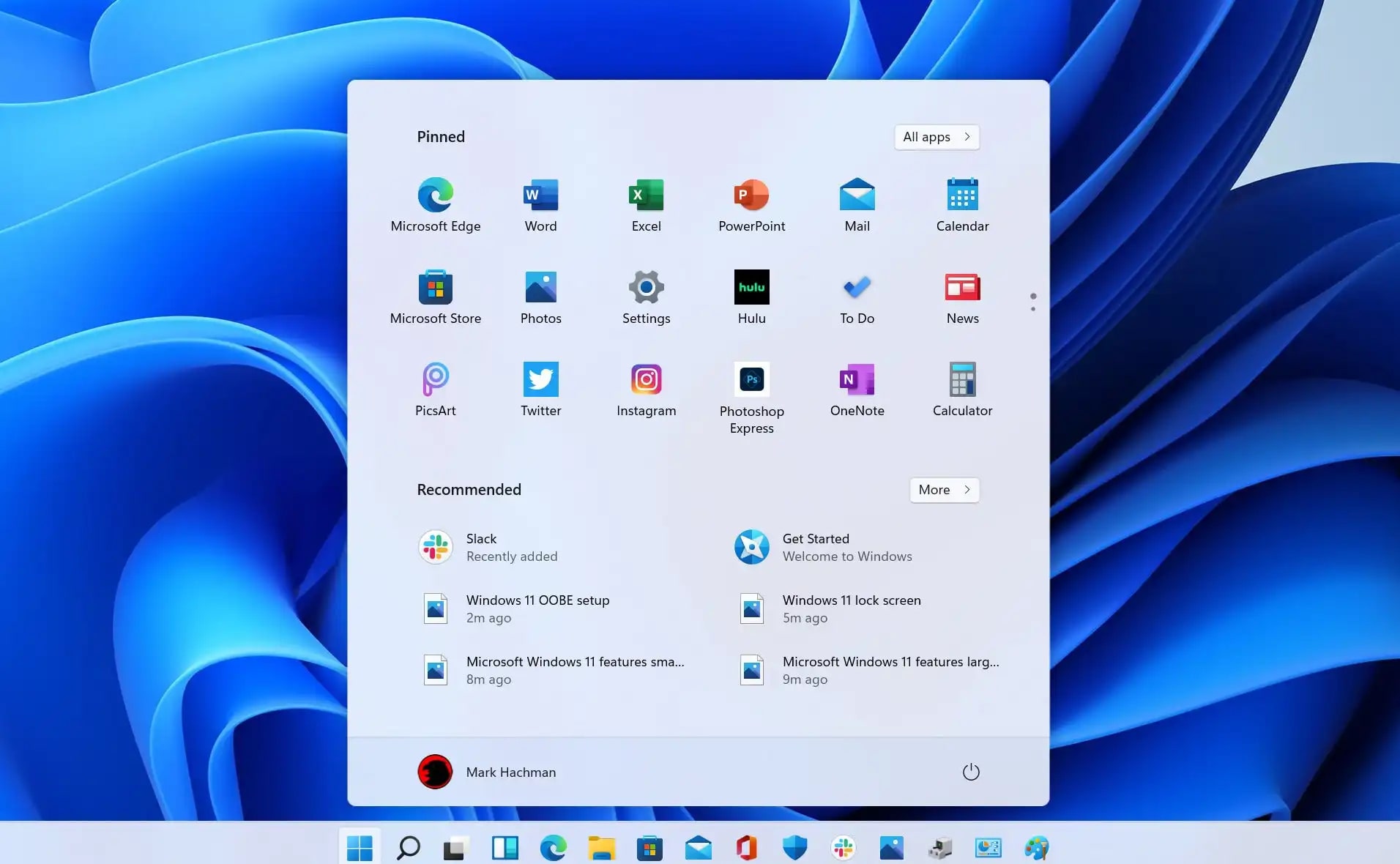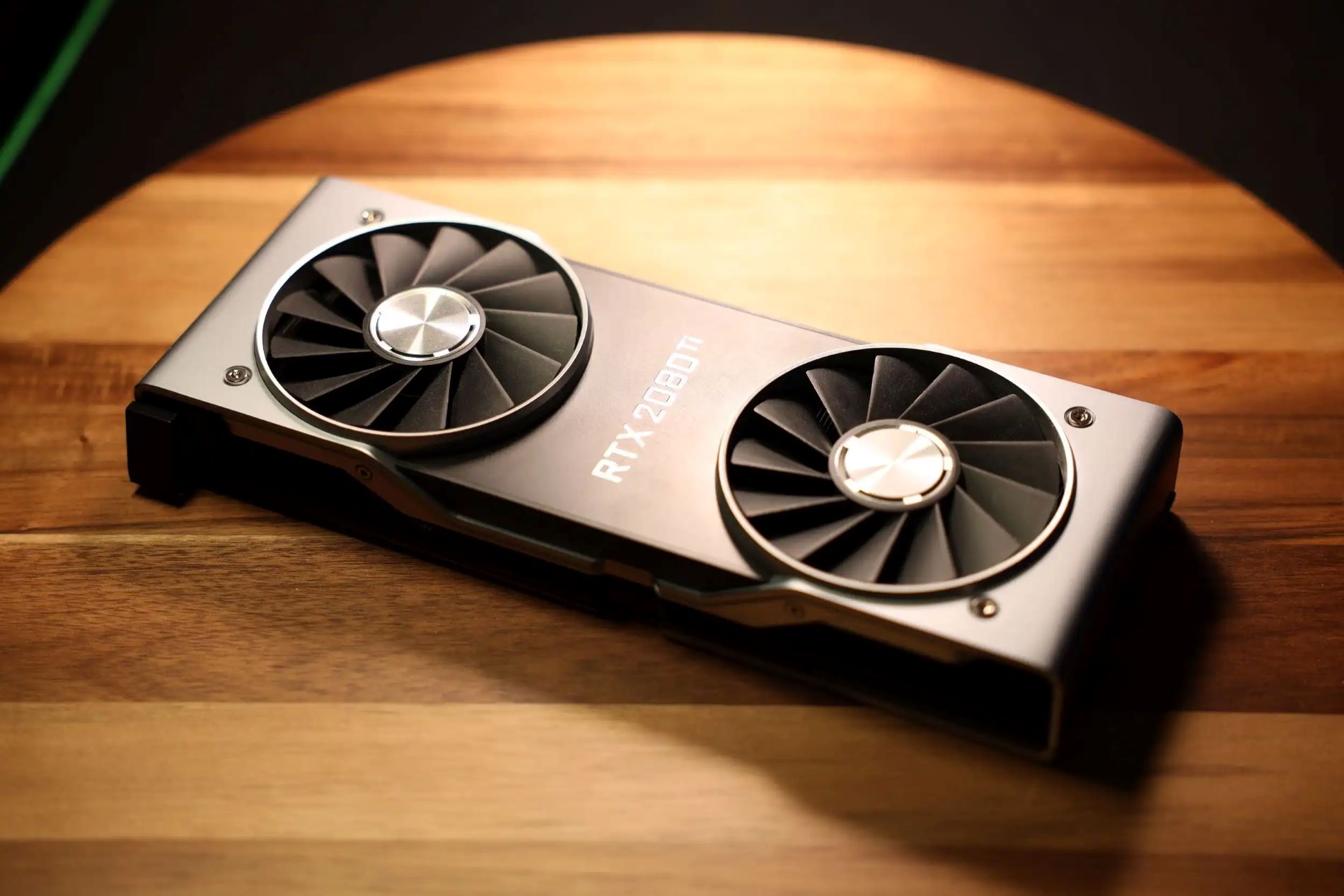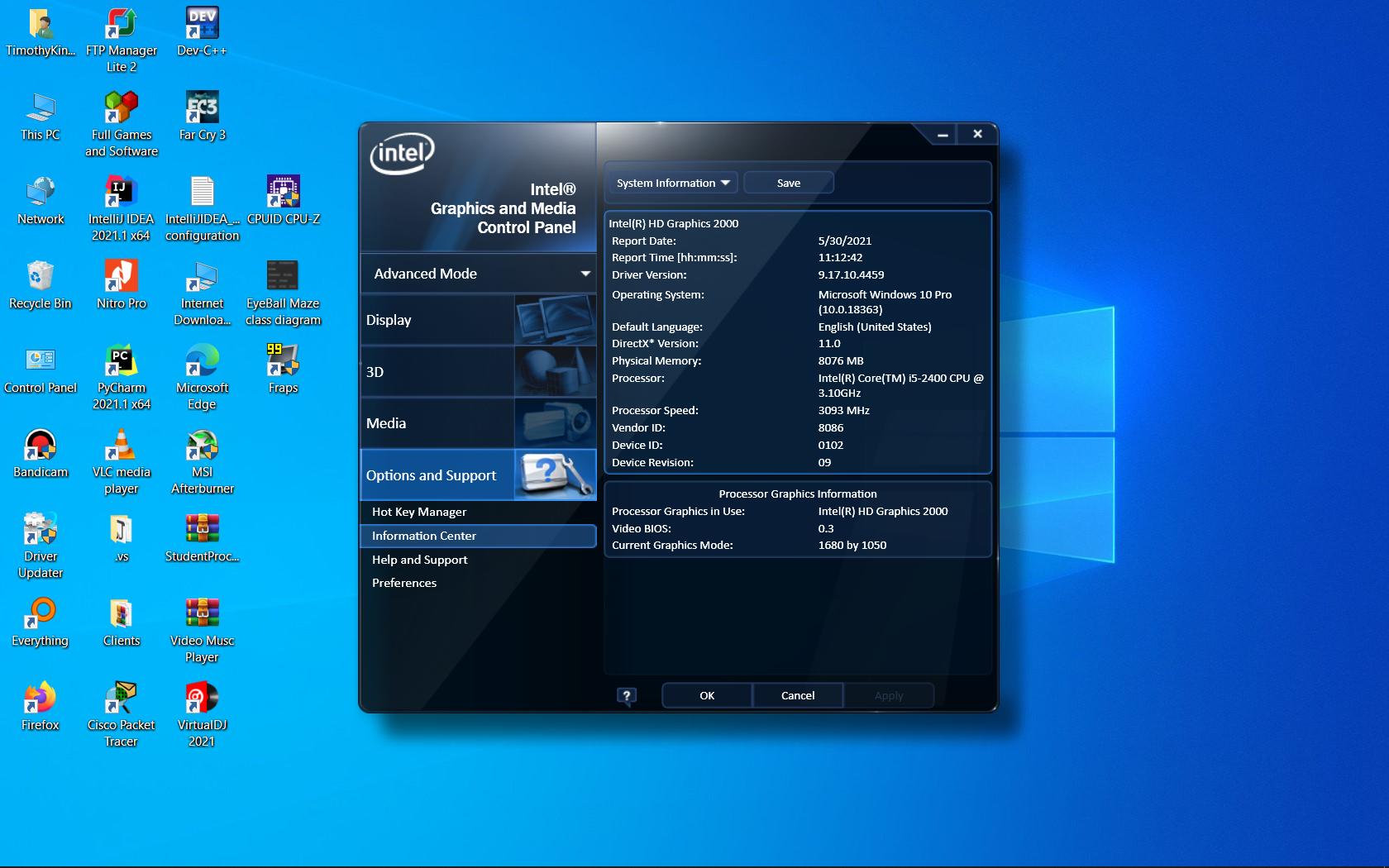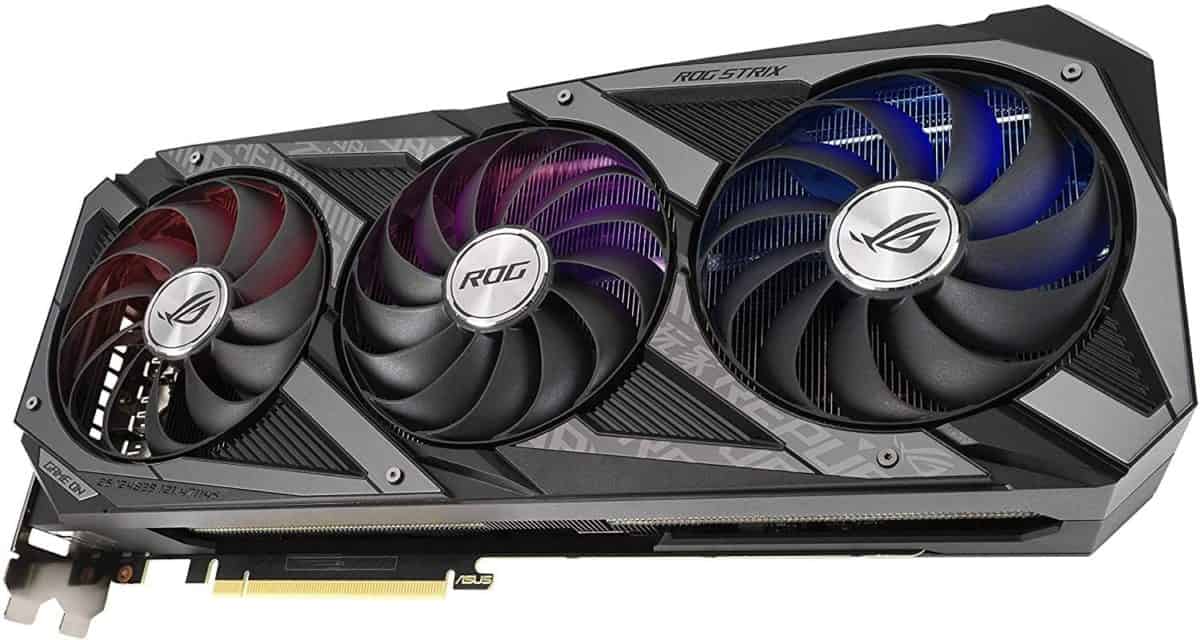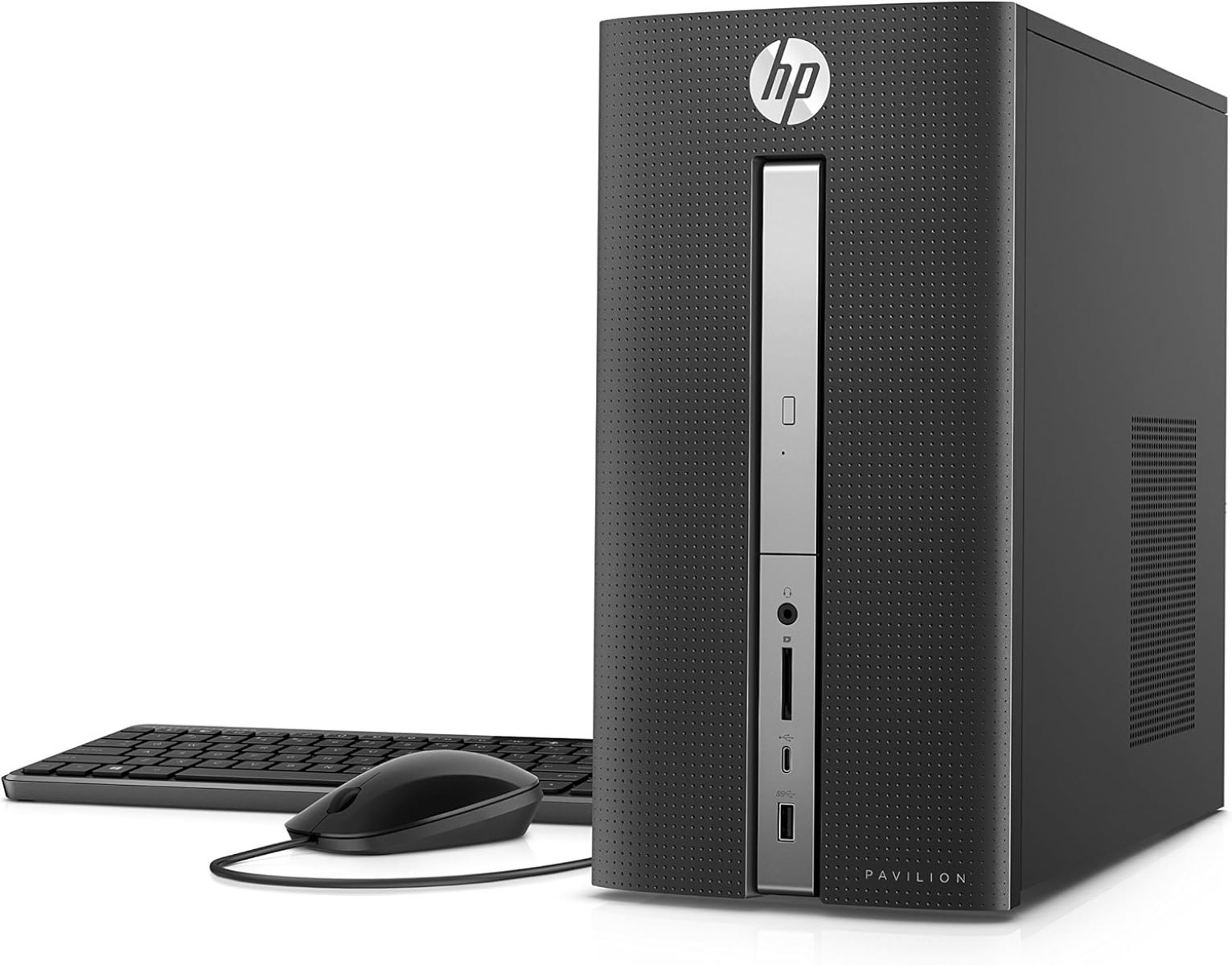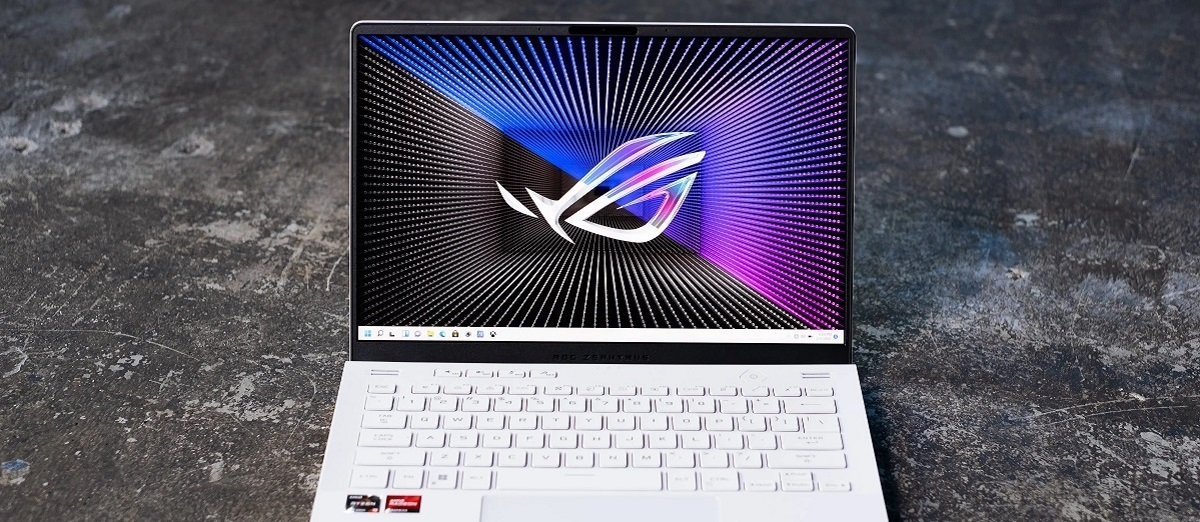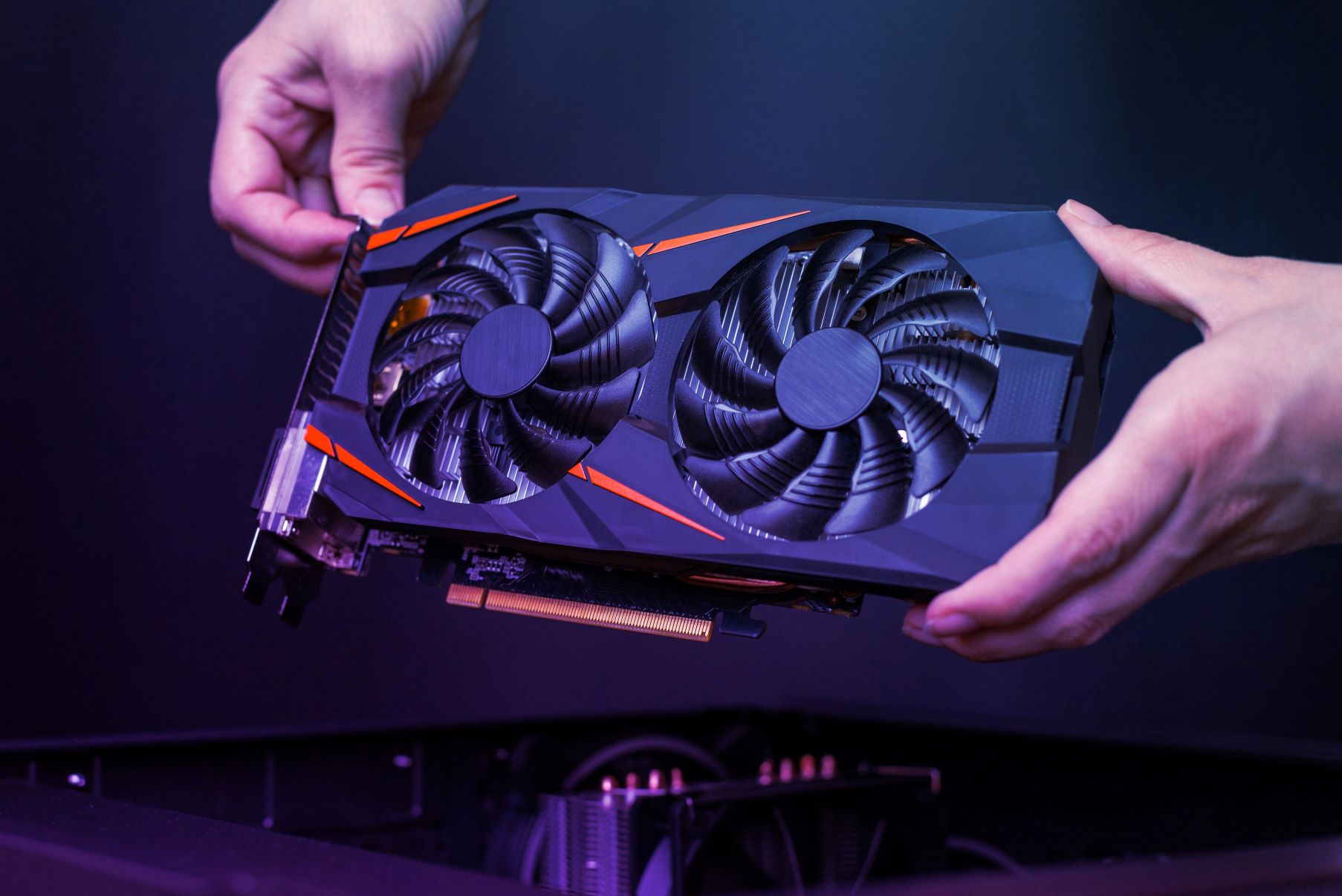Why Updating Your Graphics Card on Windows 11 is Important
Your graphics card plays a crucial role in delivering a smooth and visually appealing experience while using your computer, especially when it comes to gaming and multimedia tasks. As technology advances, new software updates and applications are released that demand increased performance from your graphics card. This is why it is important to regularly update your graphics card drivers on Windows 11. Here’s why:
1. Improved Performance: Updating your graphics card driver can enhance the overall performance of your computer. New driver updates often come with optimizations and bug fixes that can significantly improve the graphics rendering capabilities of your card. This means you’ll experience smoother gameplay, faster video encoding, and better overall system performance.
2. Enhanced Compatibility: Software developers often release updates that are designed to take advantage of the latest graphics card features. By updating your graphics card driver, you ensure that your system is compatible with the latest technologies and can run new software without any compatibility issues. This is particularly important for gamers who want to enjoy the latest games with all the visual enhancements.
3. Security Fixes: Graphics card manufacturers release driver updates not only to improve performance but also to address security vulnerabilities. Outdated graphics card drivers can be susceptible to security threats, leaving your system at risk. By keeping your drivers up to date, you ensure that your system has the latest security patches and fixes, making it less vulnerable to potential attacks.
4. Bug Fixes and Stability: It’s not uncommon for graphics card drivers to have occasional bugs or stability issues. These issues can lead to crashes, freezing, or other performance problems. Updates to the graphics card driver often include bug fixes and stability improvements that can resolve these issues and provide a more stable and reliable computing experience.
5. New Features and Improvements: Graphics card driver updates sometimes introduce new features or performance enhancements that can unlock additional capabilities of your card. This could include support for new graphics technologies, better overclocking options, or improved power management. By regularly updating your graphics card driver, you can take advantage of these new features and enjoy an enhanced computing experience.
Regularly updating your graphics card driver on Windows 11 is crucial to ensuring optimal performance, compatibility, and security for your system. By taking a few minutes to check for and install the latest driver updates, you can unlock the full potential of your graphics card and enjoy a smoother, more satisfying computing experience.
Step 1: Checking Compatibility
Before updating your graphics card driver on Windows 11, it’s important to ensure compatibility between your graphics card and the operating system. Here’s how to check for compatibility:
1. Identify Your Graphics Card: The first step is to identify the make and model of your graphics card. You can do this by opening the Device Manager on your computer. Right-click on the Windows Start button, select “Device Manager,” and then click on “Display adapters.” This will display the name of your graphics card.
2. Visit the Manufacturer’s Website: Once you know the name of your graphics card, visit the manufacturer’s website. Look for a support or downloads section where you can find the latest drivers for your specific card.
3. Verify Windows 11 Compatibility: Check whether the manufacturer provides drivers specifically designed for Windows 11. Look for information or driver updates that mention compatibility with Windows 11. Make sure the driver version and release date align with the release of Windows 11.
4. Check System Requirements: Additionally, review the system requirements for the latest graphics card driver. Ensure that your computer meets or exceeds the minimum requirements for the driver. This includes factors such as the operating system version, available memory, and processor specifications.
5. Consult the Compatibility List: Some graphics card manufacturers provide a compatibility list that outlines the supported operating systems for each card. Consult this list to verify whether your particular graphics card is compatible with Windows 11. If your card is not listed as compatible, it may not be advisable to update the driver.
By checking compatibility before updating your graphics card driver, you can avoid potential issues or conflicts that may arise from using an incompatible driver with Windows 11. It’s essential to follow this step to ensure a smooth and successful driver update process.
Step 2: Finding the Right Driver
Once you have confirmed the compatibility of your graphics card with Windows 11, it’s time to find the right driver for your specific card. Here’s how to go about it:
1. Visit the Manufacturer’s Website: Start by visiting the website of the graphics card manufacturer. Most manufacturers provide driver support and downloads on their official websites. Look for a support or downloads section where you can find the drivers for your specific graphics card model.
2. Choose Your Graphics Card Model: Navigate to the support or downloads section and locate your graphics card model. Manufacturers often provide different driver versions for different models, so make sure to select the correct one.
3. Check the Driver Version: Look for the latest driver version available for your graphics card model. Ensure that it is compatible with Windows 11 and offers the desired features and improvements you are seeking. It’s generally recommended to install the latest available driver for optimal performance and compatibility.
4. Download the Driver: Once you have identified the appropriate driver, click on the download button or link provided. This will begin the download of the driver installation file to your computer. Save the file to a location where you can easily access it later.
5. Take Note of Additional Software: Some graphics card drivers come bundled with additional software or utilities. Read the driver description or release notes to see if there are any optional components included. Decide whether you want to install these additional tools or prefer a clean driver installation without any extras.
By visiting the manufacturer’s website and choosing the right graphics card driver for your specific model, you can ensure compatibility and access the latest features and improvements offered by the manufacturer. Taking the time to find the right driver is an important step in the overall process of updating your graphics card on Windows 11.
Step 3: Uninstalling Old Drivers
Before installing the new graphics card driver on Windows 11, it is important to uninstall the old driver to prevent any conflicts or issues. Here’s how to uninstall old drivers:
1. Open the Device Manager: Right-click on the Windows Start button and select “Device Manager” from the context menu. Alternatively, you can press the Windows key + X, then choose Device Manager.
2. Expand the Display Adapters Category: In the Device Manager window, locate and expand the “Display adapters” category. This will display your installed graphics card driver(s).
3. Uninstall the Driver: Right-click on your graphics card driver and select “Uninstall device” from the drop-down menu. A confirmation window may appear, asking if you want to delete the driver software. Check the box if prompted, then click “Uninstall” to proceed.
4. Follow the Uninstallation Wizard: Follow the on-screen prompts to complete the driver uninstallation process. Depending on your system, you may need to restart your computer after the uninstallation is complete.
5. Remove Residual Files (optional): After uninstalling the old driver, it’s recommended to remove any residual files or registry entries to ensure a clean installation. You can use third-party software or driver cleaner tools for this purpose, or manually delete any remaining driver files by locating them in the file system.
By uninstalling the old graphics card driver, you remove any potential conflicts or compatibility issues that may arise when installing the new driver. This step helps to ensure a smooth and successful installation of the updated graphics card driver on Windows 11.
Step 4: Downloading the Latest Graphics Card Driver
After uninstalling the old graphics card driver, it’s time to download the latest driver for your graphics card on Windows 11. Here’s how to proceed:
1. Visit the Manufacturer’s Website: Go to the official website of your graphics card manufacturer. Look for a support or downloads section where you can find the drivers for your specific graphics card model.
2. Locate Your Graphics Card Model: Navigate to the support or downloads section, and locate your graphics card model. Manufacturers often provide different driver versions for different models, so make sure to select the correct one.
3. Check for the Latest Driver Version: Look for the latest driver version available for your graphics card model. Make sure it is compatible with Windows 11 and offers the desired features and improvements. It’s generally recommended to install the latest available driver for optimal performance and compatibility.
4. Download the Driver: Once you have identified the appropriate driver, click on the download button or link provided. This will initiate the download of the driver installation file to your computer. Save the file to a location where you can easily access it later.
5. Review the Installation Instructions: Before installing the driver, take a moment to review any installation instructions or release notes provided by the manufacturer. These instructions may contain important information or specific steps that need to be followed during the installation process.
By visiting the manufacturer’s website and downloading the latest driver for your specific graphics card model, you can ensure that you have the most up-to-date driver version that is compatible with Windows 11. This step is crucial to obtain optimal performance and access any new features or improvements offered by the driver update.
Step 5: Installing the New Driver
Once you have downloaded the latest graphics card driver for your Windows 11 system, it’s time to install it. Here’s a step-by-step guide on how to install the new driver:
1. Locate the Driver Installation File: Navigate to the folder where you saved the driver installation file. Usually, it will be in the Downloads folder or the location you specified during the download process.
2. Run the Installation File: Double-click on the driver installation file to launch the installation wizard. If prompted, grant necessary permissions to run the installer as an administrator.
3. Follow the On-Screen Prompts: The installation wizard will guide you through the process. Follow the on-screen prompts and read any instructions or license agreements that appear. It is recommended to carefully read and understand the terms and conditions before proceeding.
4. Select the Installation Options: The installation wizard may provide options for customizing the installation. You can typically choose between express or custom installation. Express installation installs the driver with default settings, while custom installation allows you to select specific components or settings. Choose the option that suits your preferences.
5. Start the Installation: Once you have made your selections, click on the “Install” or “Next” button to start the installation process. The installer will begin copying necessary files and installing the new driver on your system.
6. Complete the Installation: Once the installation is complete, you may be prompted to restart your computer. It is recommended to restart your system to ensure that the new driver is properly initialized.
7. Verify Successful Installation: After restarting your computer, open the Device Manager again and navigate to the “Display adapters” category. Check if the newly installed driver is listed and that there are no error icons or warning signs next to it. This indicates a successful installation.
By following these steps, you can successfully install the new graphics card driver on your Windows 11 system. This ensures that you have the latest driver version with all the necessary updates and improvements for optimal performance and compatibility.
Step 6: Restarting Your Computer
After installing the new graphics card driver on Windows 11, it is important to restart your computer to ensure that the changes take effect and the driver is properly initialized. Here’s why restarting your computer is necessary:
1. Configuration and Initialization: Restarting your computer allows the system to configure and initialize the new graphics card driver properly. It ensures that all the necessary settings and configurations are applied, providing optimal performance and compatibility.
2. Clearing System Memory: Restarting your computer clears out temporary files and system memory, which can help resolve any lingering issues or conflicts that may have been caused by the installation of the new driver. This ensures a clean start and reduces the chances of any performance or stability issues.
3. Updating System Components: Restarting your computer allows other system components to recognize and adapt to the new graphics card driver. This includes software applications, services, and background processes that interact with the graphics card. A restart ensures that all these components are synchronized with the updated driver.
4. Verifying Successful Installation: Restarting your computer provides an opportunity to verify if the new driver has been successfully installed. After the restart, check the Device Manager and ensure that the newly installed driver is listed without any error symbols or warning signs. This confirms that the installation was a success.
5. Testing Stability and Performance: By restarting your computer, you can test the stability and performance of your system with the newly installed graphics card driver. Open up applications, games, or multimedia content that heavily rely on graphics processing and evaluate whether the driver update has resulted in any noticeable improvements or issues.
Restarting your computer after installing a new graphics card driver on Windows 11 is an essential step to ensure that the changes are properly implemented and that your system can take full advantage of the updated driver. It allows for a clean start, resolves any potential conflicts, and verifies the success of the installation process.
Step 7: Testing the Graphics Card Update
After updating the graphics card driver on Windows 11, it’s crucial to test the functionality and performance of your graphics card. Here’s how to effectively test the graphics card update:
1. Open Graphics-Intensive Applications: Launch graphics-intensive applications such as video games, video editing software, or 3D modeling programs. These applications are designed to push your graphics card to its limits, allowing you to assess its performance with the updated driver. Pay attention to any improvements in frame rates, visual quality, and overall responsiveness.
2. Check Visual Quality: Examine the visual quality and rendering of graphics in different applications and media content. Look for any visual artifacts, glitches, or anomalies that may have been resolved or introduced with the updated driver. Verify that the images and videos displayed on your screen appear crisp, vibrant, and distortion-free.
3. Test Multiple Display Outputs: If your graphics card supports multiple display outputs, connect and test each display. Ensure that all connected monitors are correctly detected and functioning as expected. Test various resolutions and refresh rates to confirm that the graphics card update maintains satisfactory performance across all displays.
4. Monitor Temperature and Noise Levels: Keep an eye on the temperature and noise levels of your graphics card during intensive tasks. Use third-party monitoring tools or software provided by the graphics card manufacturer to assess the temperature of your card. Ensure that it remains within safe and acceptable ranges. Additionally, listen for any unusual or excessive noise from the fans or other cooling systems.
5. Run Benchmark Tests: Utilize benchmarking software to conduct performance tests on your graphics card. These tests provide objective measurements and comparisons against other systems with similar hardware. Analyze the results to determine if the updated driver has positively impacted the graphics card’s performance.
6. Compare with Previous Performance: If possible, compare the performance and quality of your graphics card before and after the driver update. This can be done by benchmarking or testing the same applications or games to ascertain any noticeable differences in performance, stability, or visual quality.
Testing the graphics card update is crucial to ensure that the driver installation was successful and has improved the performance and functionality of your graphics card. By thoroughly examining the performance, visual quality, and stability of your graphics card, you can identify any issues and make necessary adjustments or optimizations to maximize the benefits of the updated driver.
Conclusion
Updating your graphics card driver on Windows 11 is essential for maintaining optimal performance, compatibility, and security. By following the steps outlined in this guide, you can successfully update your graphics card driver and ensure that your system is up to date with the latest improvements and enhancements offered by the manufacturer.
Checking the compatibility of your graphics card with Windows 11 is the first crucial step. Make sure to visit the manufacturer’s website and identify the appropriate driver for your specific graphics card model. Uninstalling the old driver and downloading the latest driver ensures a clean installation and access to new features and improvements.
Installing the new driver and restarting your computer are necessary steps to properly initialize the changes and synchronize your system with the updated driver. Finally, testing the graphics card update through graphics-intensive applications, benchmark tests, and monitoring temperature and noise levels allows you to evaluate the performance, stability, and visual quality of your graphics card.
Regularly updating your graphics card driver on Windows 11 not only improves performance but also ensures compatibility with new software releases, addresses security vulnerabilities, and brings exciting new features. It is an essential maintenance practice to keep your system running smoothly and optimized for graphics-intensive tasks like gaming, multimedia editing, and productivity.
Remember, each step in the process is important, and neglecting any of them could lead to compatibility issues, performance limitations, or security vulnerabilities. By following this guide, you can confidently update your graphics card driver on Windows 11 and enjoy a seamless computing experience with improved graphics rendering capabilities.







